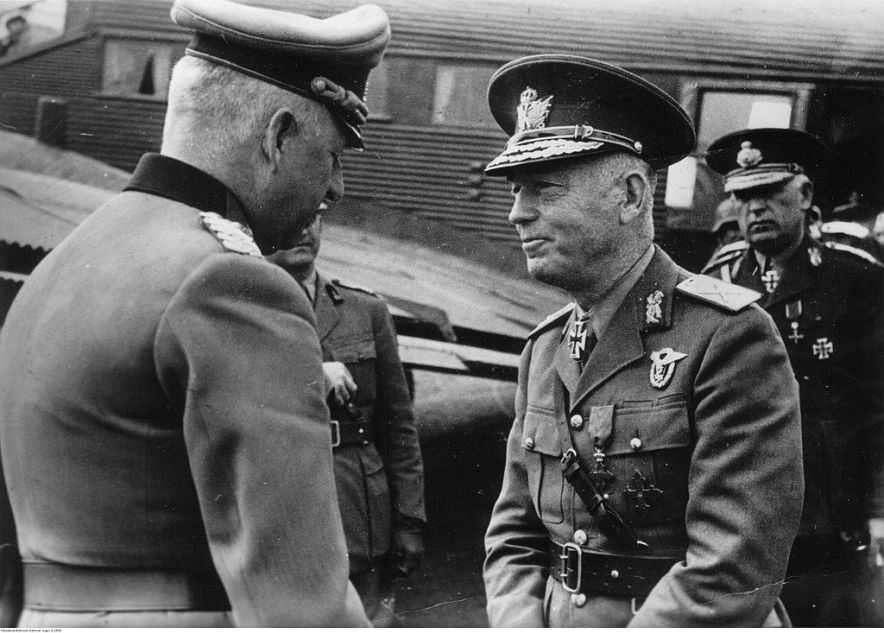On 17 May 1946, a court in Bucharest sentenced Ion Antonescu to death by firing squad. Antonescu last words were: "I demand a death sentence for myself, I refuse to seek pardon."
Antonescu was tried as a war criminal. On 4 September 1942, General Antonescu became prime minister. After that, he compelled King Karol II to abdicate, headed the "national legionary government" of the military and representatives of the Iron Guard fascist movement. He immediately started repressing the people: 35 concentration camps were created in Romania in a month; it was declared the National Legionary State, and Antonescu himself was declared a Conducător (Fuhrer).
That same September, Antonescu invited a German contingent to the country to protect oilfields. He sent 40,000 Romanian Jews to concentration camps. According to his orders, in total, 300,000 Jews were exterminated in Romania and in the occupied territories.
Antonescu was the only foreigner with whom Hitler consulted on military matters. In the war against the USSR, Antonescu showed extreme cruelty. After the explosion in Romanian military headquarters in occupied Odessa on 22 October 1941, he ordered 200 hostages to be shot and a further 100 hostages for each dead soldier. In total 25,000 civilians of Odessa were killed under this order.
After 18 of 22 Romanian divisions were destroyed in Stalingrad, cases of desertion became more frequent; besides, the country's economy had fallen into decay. Already at the beginning of 1943 the dictator secretly sued for peace with the West through diplomats in Portugal and Switzerland, but it was unsuccessful.
On 23 August 1944, by order of the young King Michael I, whom Marshal Antonescu considered to be his puppet, the dictator was arrested and hidden in a huge safe where the royal collection of postage stamps was kept. On 31 August, Antonescu was handed over to representatives of the Soviet command.
In April 1946, among a group of 25 war criminals, he appeared before the First Romanian People's Tribunal. On 17 May, he and 12 other defendants were sentenced to death.
Antonescu demanded to be shot not by gendarmes, as was customary, but by soldiers. The authorities refused him, but granted another request: the former dictator was allowed to command his own execution. The execution took place on 1 June 1946 and was filmed.
Source:
Ivan Orlik. Bucharest trial of I. Antonescu. 1946 / Modern and Contemporary History. 2012.
























